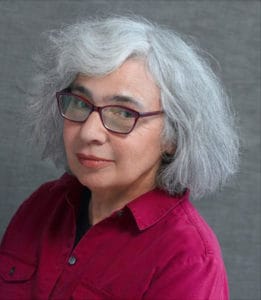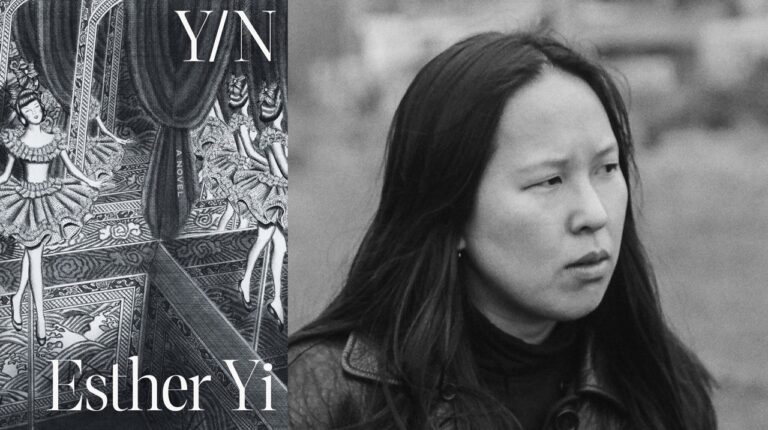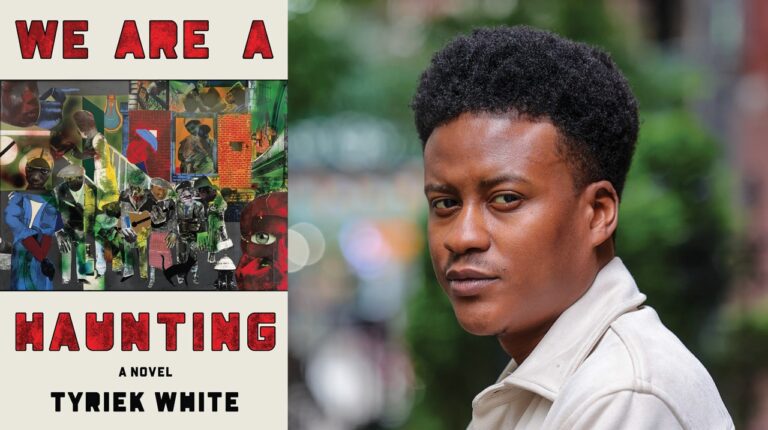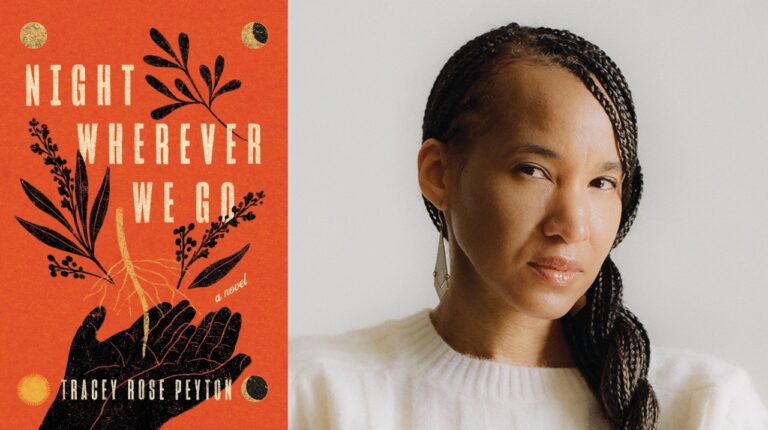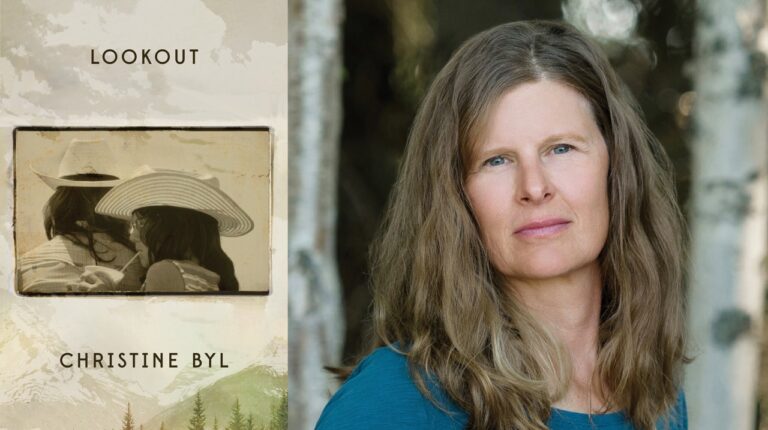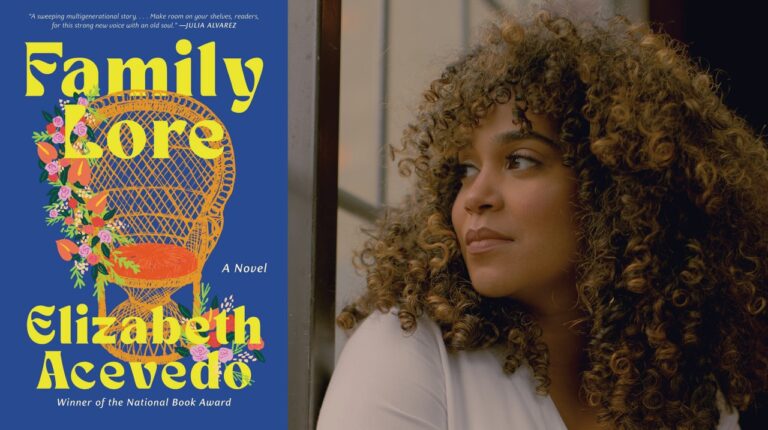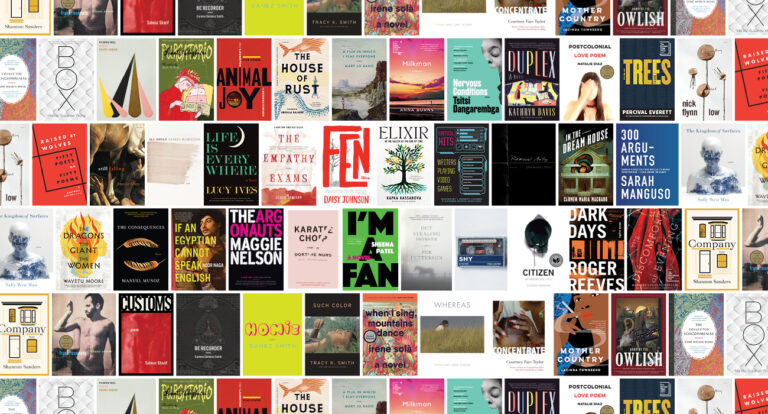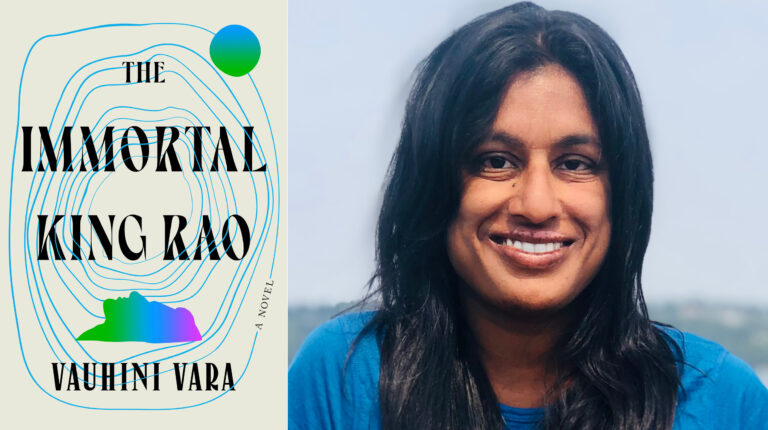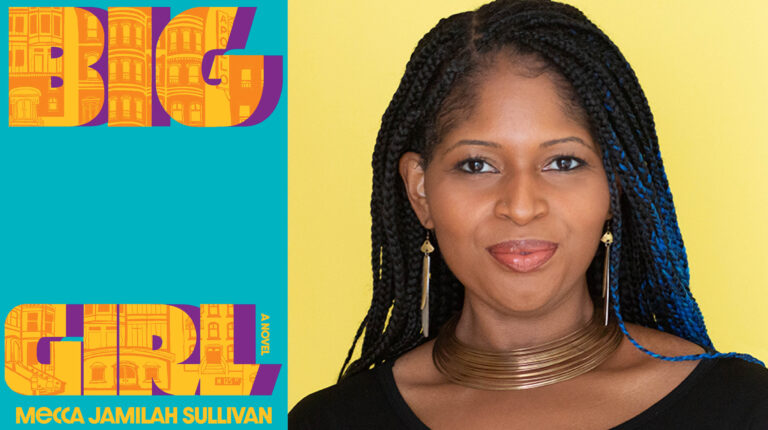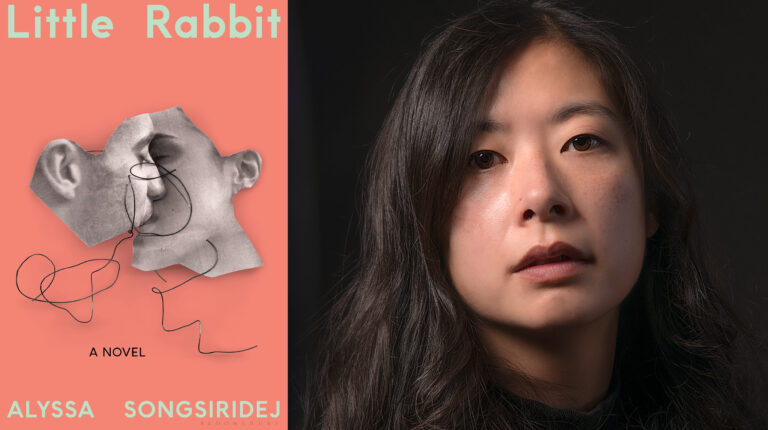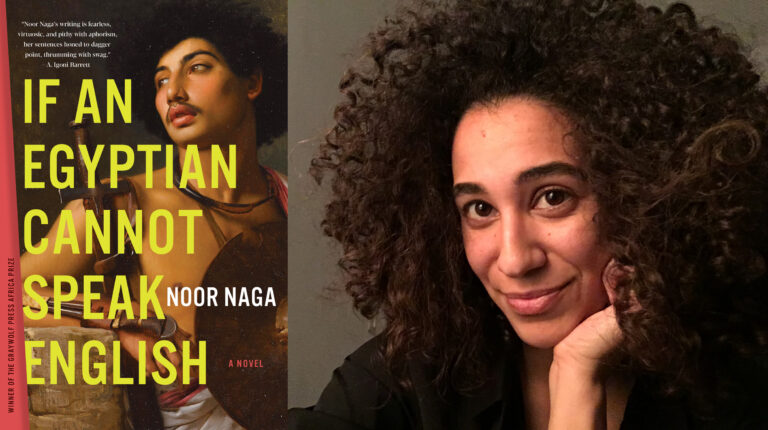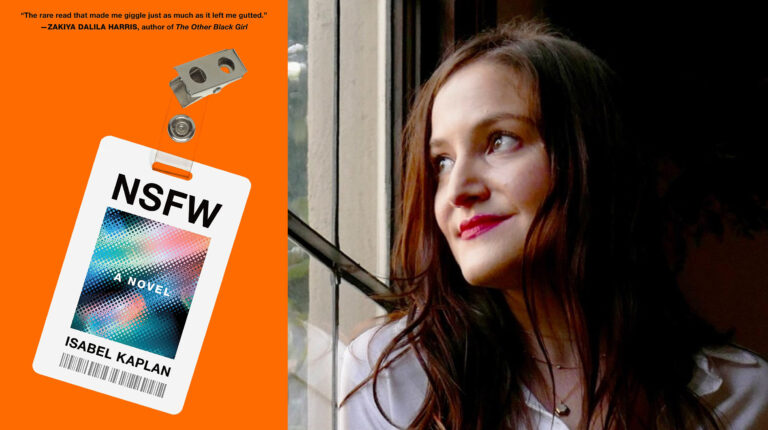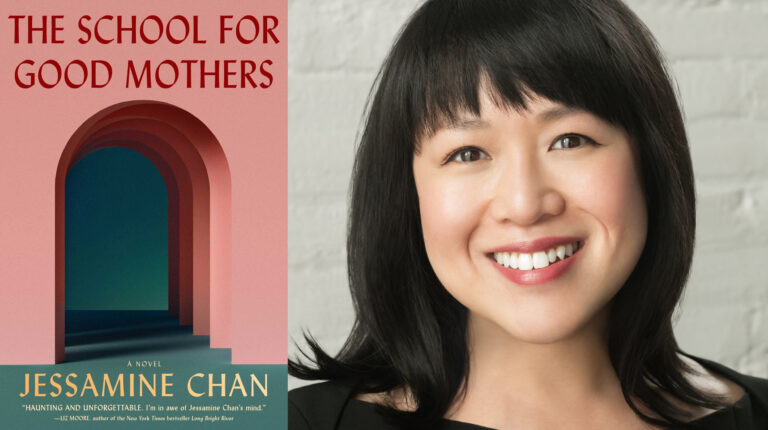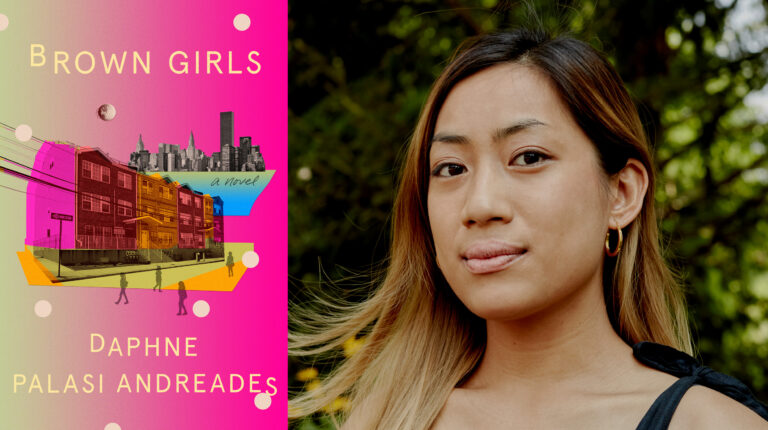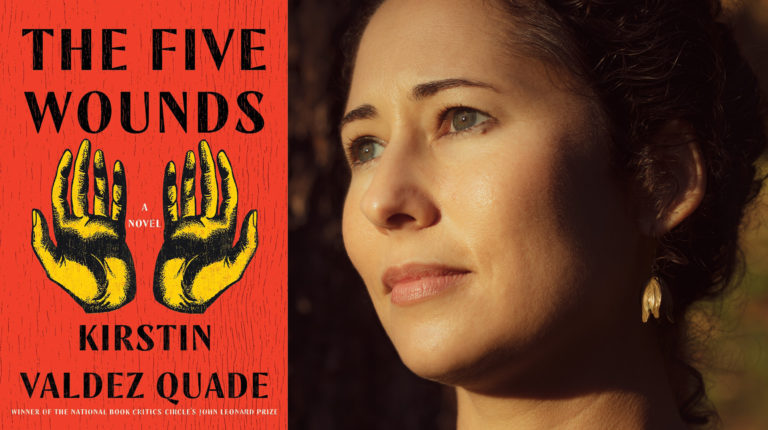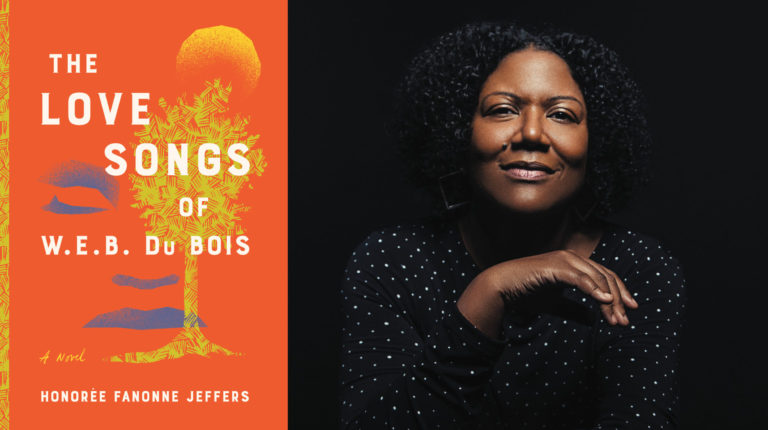For her many students, past and present, author Alice Mattison is a legend. Whenever I meet fellow fiction-writing alumni of Bennington College’s MFA program, her name most often comes up as the professor who changed their lives. A semester with Mattison led to that longed-for writing breakthrough, I repeatedly hear, and I nod in agreement because she did the same thing for me, too. Anyone who has ever had the pleasure of studying writing with Mattison knows she is one of a kind. Now, thanks to her first non-fiction book, Mattison’s insights into the craft of writing and the publishing industry are no longer for her lucky students only. In The Kite and the String: How to Write with Spontaneity and Control—and Live to Tell the Tale, she distills the wisdom she’s earned both as the critically acclaimed author of six novels, four short story collections and a collection of poetry, and as someone who has taught writing for decades, not only at Bennington, but at Yale, Brooklyn College and other institutions. The book is infused with her distinctive voice, wit, fierce intelligence and passion for writing.
Writers from Edith Wharton and E.M. Forster to Ursula K. Le Guin and Charles Baxter have written guides for writers. Why did you decide to contribute to this genre—and why now?
I wanted to write about how stories and novels are constructed—what makes us keep reading, what makes us feel that the ending actually finishes something—and I also wanted to describe the process of writing as an emotional experience. Books about writing mostly discuss one or the other—they are about plot and character and theme, or about finding the courage to write, overcoming anxiety. I wanted to combine those subjects.
After all, we don’t overcome our fears once and for all, then turn into writers. Writing the next scene may require me not just to believe in myself and understand how a story is put together. I may need to get past my specific fear that the action I have in mind will seem trite, or old-fashioned, or depraved. Maybe I’ve heard that fiction requires conflict—but I can’t bear to give my character trouble, especially if she’s modeled on my aunt. I wrote The Kite and the String for writers who, like me, approach the blank page both as people trying to figure out how something is done, and, simultaneously, as vulnerable human beings.
As I was reading, I laughed out loud when you describe the implied reader of John Gardner’s On Becoming a Novelistas a young male genius type, whereas your reader is his wife who’s stuck at home with a manuscript hidden in the kitchen drawer, the type of person who “squeezes the writing of fiction into an ordinary life.” Why is this distinction important?
I’ve heard otherwise smart people say that somebody doesn’t “look like a writer,” not invariably because the person in question isn’t male, but sometimes. Often, not looking like a writer seems to mean that someone is middle-aged, or disabled, or pushing a stroller. It can mean that the person isn’t noticeably an outlaw. I was once invited to participate in a book signing with several famous authors (all youngish white men). One arrived looking self-consciously shabby and unkempt: as he came along with his publicist—who was neatly dressed, with a decent haircut—they looked like the public defender and her scruffiest client. As for me, I look like a grandmother, which I am. Another of the famous authors strode up to the group and introduced himself to the others at my left and right—including the scruffy one—but didn’t seem to realize I belonged until I stuck my hand out and said my name. I guess I don’t look like a writer, and neither did the publicist—who for all we know is working on a wonderful novel in her spare moments. When we fail to encourage writing by people who need to earn a living and maybe support others, by women, by mothers, by those with disabilities, or those past their first youth, we lose the books they’d have written. We need those books.
There’s such an emphasis on publishing at a young age. I published my first (and so far only) novel after I turned 40, and I admit I feel self-conscious about it sometimes. How old were you when you published your first novel?
Fifty. I had published a book of poems in my late thirties, and a book of stories in my late forties. I’m impressed that some people can write a good book at 22. I couldn’t, and maybe you couldn’t—or you just didn’t have time. But so what? When we enjoy a book, it’s not because of the author’s age.
Tell us about your central metaphor in this book: the kite and the string.
I first had this thought—which is certainly not original to me—decades ago, when I was teaching writing in a community college in California. Working with students for whom any writing was hard, I came to see that writing is always a twofold process: you have to be emotionally free enough to write a first draft that says what you actually think and feel, not what you have figured out that you ought to think and feel. And you have to be calm and sensible enough to revise it. Talking to other writers since then, I’ve sometimes used the metaphor of dumping your purse out on the bed, then rationally sorting what’s in the heap. But I think the kite and the string is a better, more attractive analogy: we have to be as free, when we write, as a kite in the wind, but we need a string if we’re ultimately to make sense and be intelligible to readers.
I’m curious to know which part of the writing process you prefer: the creation of that first draft, or the revising and making sense phase that comes after?
Writing a first draft is frightening but thrilling—there’s nothing like that excitement. But I enjoy revising almost as much, and it’s easier than writing a first draft. I think finding pleasure in revision is a good idea if we can manage it, since inevitably we’ll be spending much of our time on it. And now and then the thrill is almost as great: something isn’t right, and you realize that in all these months you never understood something your characters knew all along.
You write that most of the writers you meet want to write literary fiction and that “a fear of being commercial…seems to grip many new writers, even while they fantasize about writing best sellers.” What’s driving this anxiety?
I think the anxiety writers feel is comparable to what women feel who have absorbed the cultural assumption that we all should be thin (an assumption you skewer delightfully in your novel Dietland). Along with illogical and mutually contradictory notions about appearance, many of us seem to have been infected with the idea that if we’re really writers—contributors to literature for the ages—then our books will be famous, our names known to all. But the books that become famous are bestsellers, and everybody knows that bestsellers are trashy! So if we don’t succeed and our books remain obscure, we’re not really writers—and if we do succeed and our books make a pile of money and sell lots of copies, than we’re also not really writers. Successful authors worry that they’re not being taken seriously; serious writers who sell few books worry that they’re no-account amateurs. Writers who publish only in journals or with small presses feel even worse. Writing great literature that sells, like being thin or living happily ever after with the perfect partner, is one of those goals that almost nobody achieves but that can keep a writer agonizing at three a.m.
You and I have had many conversations about gender and writing, and I was thrilled to see you address this in the book. You write that many women you’ve taught, unlike men, tend to self-censor and “don’t seem to believe they ought to write, as if writing were self-indulgent.” Will you talk a bit about this phenomenon?
All students in the Bennington MFA program (where I teach and you were once a student) give a lecture before they graduate, and I was strongly affected by your lecture, on discrimination against women writers. Primarily, as I recall, you talked about how classifying books about young women as “chick-lit” keeps them from mattering, while books about young men are taken more seriously. You also talked a little, I think, about ways in which women hurt themselves—for example if they don’t send out what they write. I’d regarded myself as a feminist for decades, but when you spoke I felt newly motivated to nag and encourage women students as they tried to become writers. Around that time I had two conversations, minutes apart, with a man and a woman. Both of them had sent work to The New Yorker, and each had received a rejection asking the writer to try again. The man was briskly deciding which story to send; the woman, a year after receiving the note, had sent nothing. I was so upset I slapped her arm (a remedy I don’t recommend, but she’s sent work out ever since and now she has a forthcoming book). I’ve seen this kind of holding back again and again—and I’ve also come to recognize writing problems in the work of some students, primarily women, that I think arise out of self-censorship: for example, writing a story so obscurely that the reader can’t understand it, as if plain speech were just too scary.
So why do you think your female student is less likely to follow-up with The New Yorker than your male student? Is this a conversation we need to be having on a larger scale, in addition to all the great work organizations like VIDA are doing to highlight sexism in publishing?
I think so, though I agree that VIDA is pointing out something real and important. It’s inevitable that prejudice is sometimes internalized: those discriminated against, or told as children not to put themselves forward (Don’t think you’re special, don’t be demanding, girls should be modest) may come to believe that the goal is to disappear.
You emphasize the importance of reading throughout the book and include many wonderful examples of stories and novels. Most writers have certain authors they turn to again and again for inspiration, courage or even comfort. Which authors and/or books play this role for you?
This question stopped me for a bit. I’m usually asked what authors influenced me, and I know the answers and have written about that. But it’s interesting to consider where we turn for inspiration, courage, and comfort. For me it’s to poetry, especially poets for whom sound matters and who write about states of mind not easy to put into words, like Jean Valentine and—very different—Wallace Stevens. I read the same poems over and over. Also, early in life I memorized John Milton’s “Lycidas” and much later, Elizabeth Bishop’s “Crusoe in England,” and saying those lines to myself has helped me many times. I also turn to visual art. Abstract sculpture and painting bypass or ignore the rational in a way that frees me.
You’ve written a book filled with invaluable advice for writers, so I have to ask: What’s the best writing advice you’ve ever received?
My first editor at The New Yorker, Roger Angell, often said, “You can do whatever you want as long as you tell the reader what you’re doing.” Let’s say my characters were a woman and her former mother-in-law—mother not of her most immediate ex-husband but of the first of her three husbands. It would be almost impossible tosuggest, with hints and references, a connection like that—but he was telling me that I could simply say it: perhaps “Marsha’s son had been the first of Anna’s three husbands.”
I am pretty sure Roger Angell thought of this comment as nothing noteworthy. We’d been going over the proof of a short story, and he was pointing out that I could keep something I’d written that had confused him, if only I made myself clear. But there’s something wonderful about hearing “You can do whatever you want. . . .” The advice made me feel free not just to include an unexpected fact, but to include whatever, of whatever size, my imagination came up with.
As long as you remember the reader, you can do whatever you want. Sometimes remembering the reader is a matter of inserting a simple explanation, as above, but sometimes it may be a matter of signaling early that this is a book in which the facts of history or the laws of physics are being altered, or in which the connections among people are subtle and complex. The first deviation from fact will seem like an error, but the second will make it clear that you’re up to something. An emotionally complicated relationship you have in mind may baffle a reader who happens on it all at once—but stretching it out, getting the reader used to one part of the complexity before you add another, may be all you need to do. And so on. “You can do what you want”—it’s the best advice. Do what you want and figure out a way to make it work.
